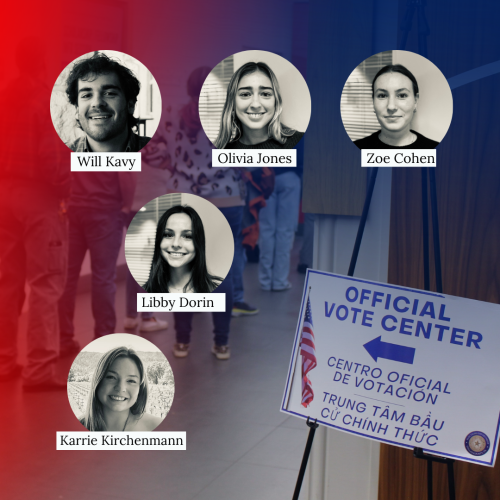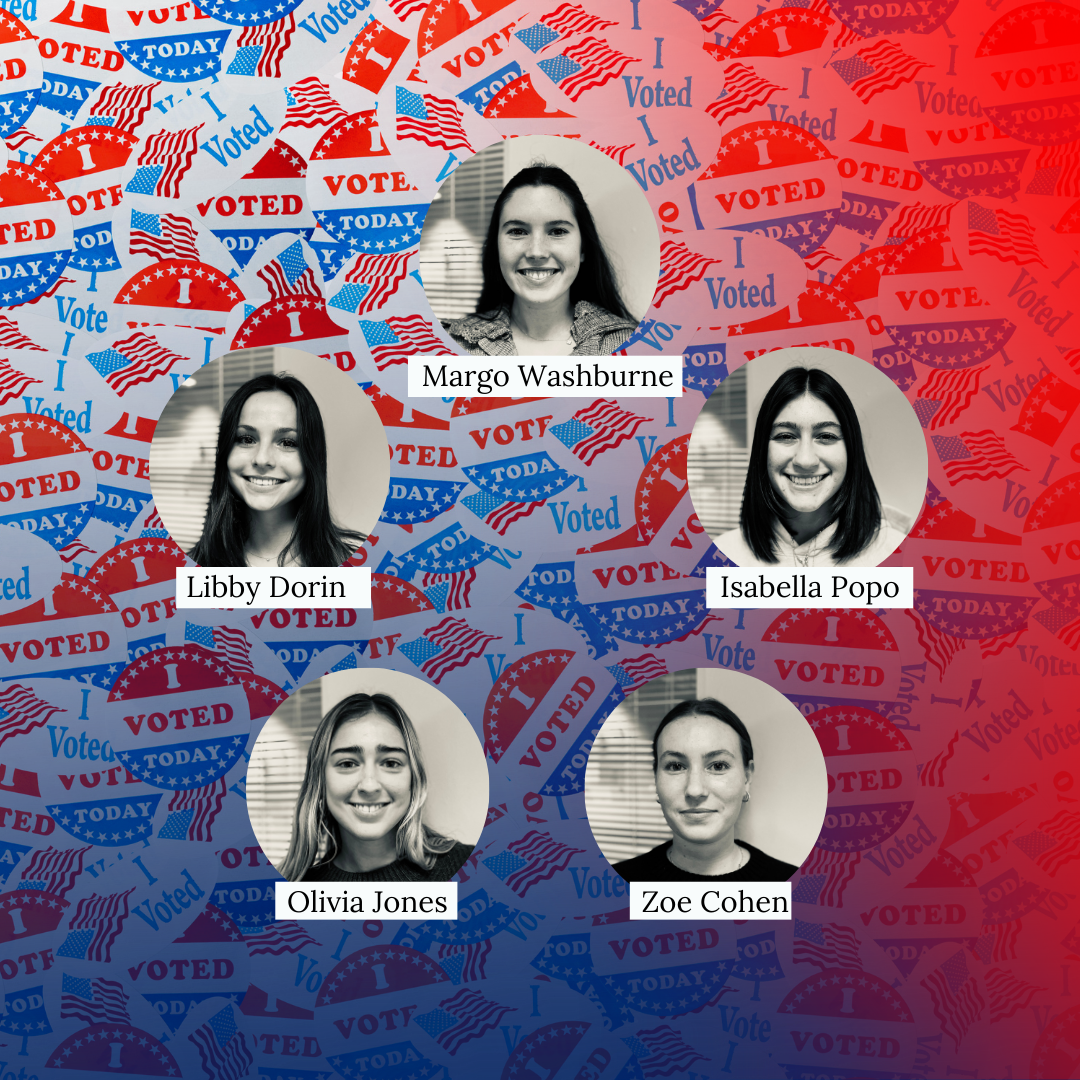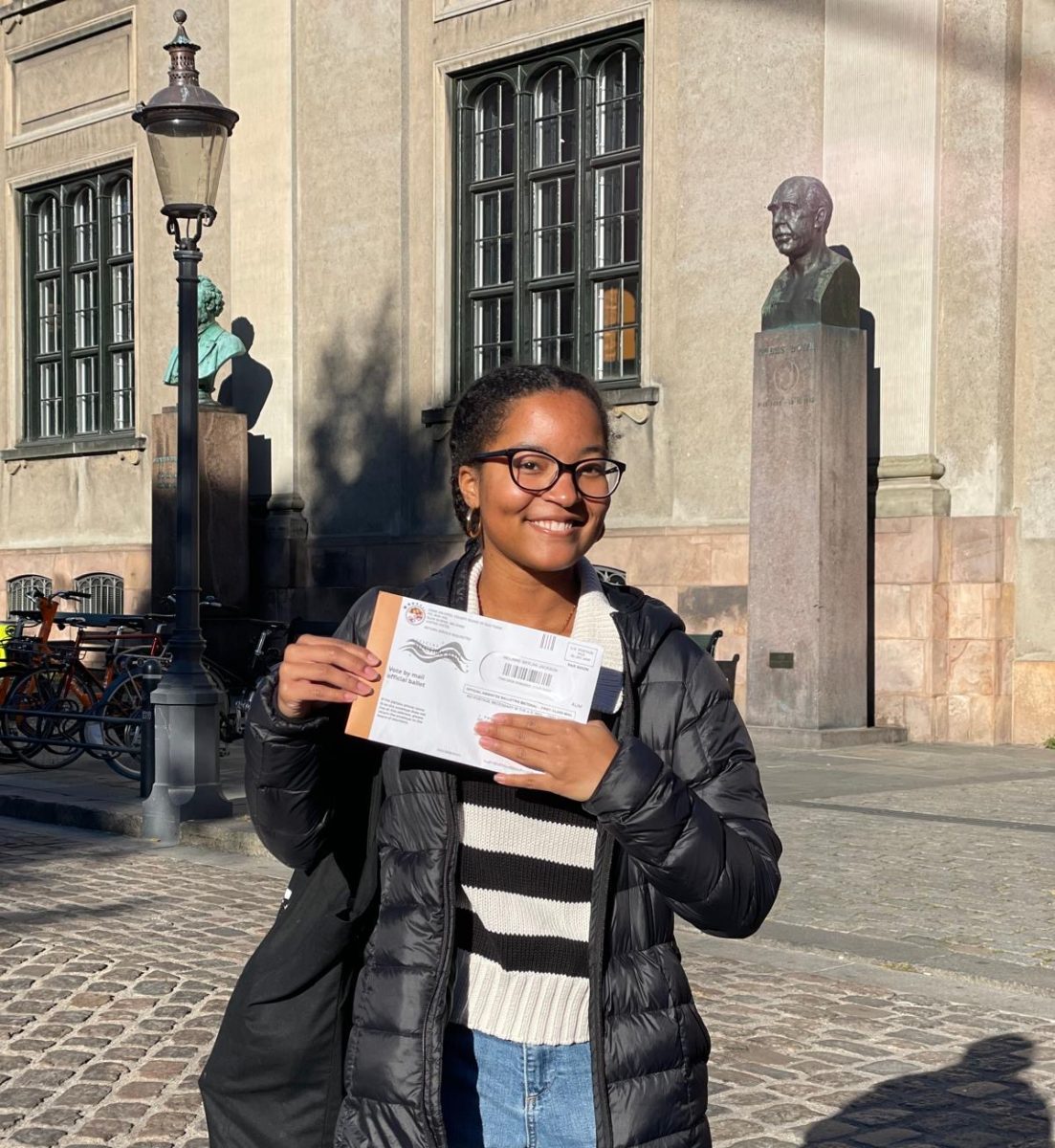Last summer, the dean of my college wondered in an email what to make of a simple demographic fact: More American women than men graduate from college every year.
This has been the case since 1982, and in 2010 the ratio reached three to two.
You haven’t noticed that there are significantly more women than men in your classes? You must be an engineering or business major. The higher proportion of male students in Cox and Lyle makes it possible for SMU to avoid an admissions tactic now being followed by some colleges and universities around the country: an under-the-radar policy of affirmative action for men.
What does this mean for you, assuming you are a student, as you graduate and enter professional life? Does the disproportionately high number of women with college degrees mean that we are achieving real gender parity in the professions, which draw upon degree-holders to fill their ranks? And if so, does numerical parity translate into other forms of equality—of leadership, power and pay? And what about men—are they in any danger of falling behind?
I’m fairly certain that the answers these questions are no, no, and no. But don’t take my word for it. This Saturday, you’ll have a chance to hear from a group of distinguished experts.
On March 26, Dedman College and the Women’s and Gender Studies Program will host a symposium titled, “Women, Men, and Professional Work in the Twenty-First Century.” Mary Frank Fox, Professor of Public Policy at the Georgia Institute of Technology, will explain why gender considerations are highly relevant to education in the sciences and engineering. Jerry Jacobs, a sociologist at the University of Pennsylvania, will consider the progress women have made in the professions over the last few decades, as well as the hurdles still to be cleared.
Panels of local professionals representing the medical, legal, corporate and non-profit worlds will tell us what they know about the opportunities for women and men in their fields, assessing whether there is equal opportunity all the way up the ranks.
Those panels will be rounded out by SMU faculty members Dean Geoffrey Orsak of the Lyle School of Engineering, Professors Sheri Kunovich and Anne Lincoln from sociology, and Professor Dennis Simon from political science.
You can make your own preliminary, not-very-scientific study of gender in professional life by looking around at your classmates this week—and then looking at the person at the head of the class, at the other faculty members in that department, at the dean of your college, and then at other positions of power here at SMU up the chain of command. You will find, as you go up the ranks, that the proportion of women falls.
Precipitously.
The relative paucity of women in powerful positions at SMU reflects a general trend in American universities—and in society at large. Some institutions have taken serious steps to rectify this imbalance, only to be dogged by the usual claims about the lowering of standards.
Take M.I.T., which was in the news Monday morning. The headline in the New York Times read “Gains, and Drawbacks, for Female Professors—At M.I.T., a Sense of Unfair Advantage.” The gains: a near-doubling of female professors in the schools of science and engineering.
Among the drawbacks: a perception that these women benefitted from a lowering of standards (as male college applicants currently do at some selective colleges and universities). The dean of M.I.T.’s School of Science, Marc A. Kastner, repudiates this perception vigorously.
But the issues surrounding gender and the professions involve more than progress (or drawbacks) for women. What happens to women in the professions affects professional men, too—and the professions (and society) overall. The openness of professions and institutions to members of both sexes is a complicated dynamic, and by no means a zero-sum game.
I hope you will join us on Saturday in McCord Auditorium in Dallas Hall, from 9a.m. until 4:30p.m., as we consider whether—and how—the professions have been affected by that three-to-two ratio with which I began. Registration is free; you can find us by entering “conference professions” in the SMU search engine, or going to http://www.smu.edu/dedman/21stCenturyWorkplace.aspx.
Beth Newman is associate professor of English and program director of Women’s and Gender Studies. She can be reached for comments or questions at [email protected].








